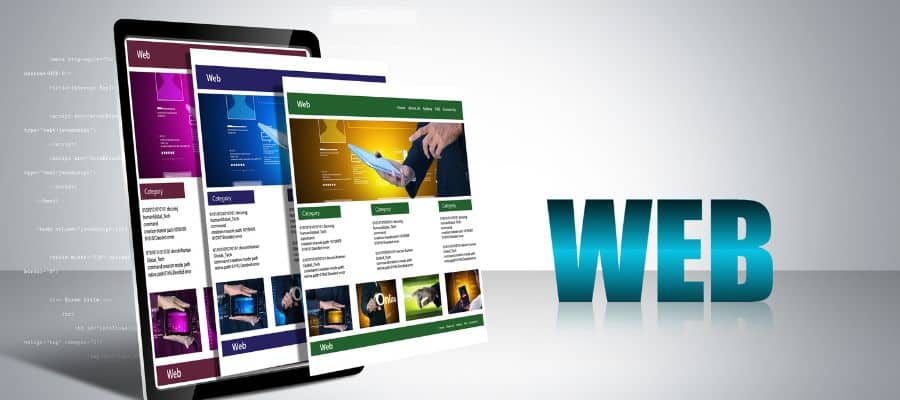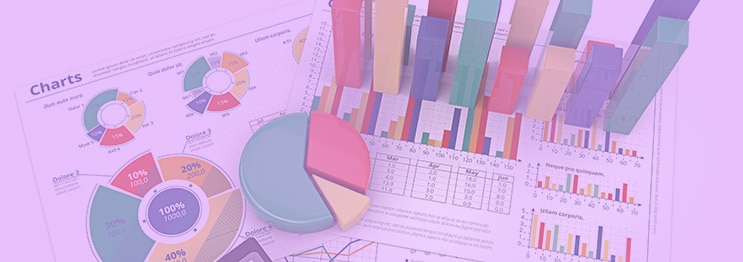Website Design: Giving Prospects a Better Website Experience
If you want to see business growth, it is going to require diligence and interrelated strategies tailored to a specific audience and their needs. If you want to create a successful brand on the Internet, you are going to have to provide a way for customers to place confidence and reassurance in your brand. In general, no matter how much effort you put out, customers have to feel that your brand can be trusted. The question now is: how can business owners build trust with existing and potential customers? The first point of reference for most users is the website design.
Website Design
There are several collective rules for website design, no matter what the brand’s vertical is. With the right website experience, your customers will understand the message that you are trying to portray and begin to trust you once they realize that they can depend on you. Therefore, your company message has to be consistent.
Concise Message
Your website is your point of sale where customers tend to want to be courted into making a purchase or deciding whether to take you up on the offer of a good sales pitch. Some potential customers will not be swayed until they visit your website a few more times after getting a follow up email from you, answering questions or providing more information. Remember that there is no physical contact with these prospects and most of them don’t have time to read through a bunch of text. Therefore, you should make your message as concise and clear as possible. Your company’s value proposition should be stated on the website and concise enough to translate that your company is trustworthy.
Central Message
A website is specific to the message that you are trying to convey to the target audience. When someone first comes to your website, it is important that they know the central message of the company. You don’t want them to guess. Give them what they want to hear, but in a modest and honest way. This should take place at the time the potential customer is lingering in the conversion funnel so that they can understand that you want them to convert from just a user to an interested customer. To do this, you must give the right information, central to the benefits that they will receive from your product and service.
Landing Pages
Landing pages are an important part of the website design equation. You want to crate different ways for the user to land on that particular page. You could do these by posting a link in your blog post. You could also create ad campaigns with an appropriate link to the landing page. You could use email marketing as a way to get the prospect to visit your landing page. The landing page should be the entry point for the user. Never use the actual home page as the first point of entry. It could be distracting. A landing page should have a form where the prospect will provide their name and email address for subsequent follow up.
Conclusion
Lastly, during the website design phase, always have a call to action (CTA) at different points on each webpage, whether the landing page or home page. Make sure that call to action is compelling enough to get results. Be specific. If you want the user to click on a link, let them know. If you want the user to sign up for a newsletter, let them know. If you want your prospect to make an appointment or buy a product, say so!





